What are the symptoms of advanced HIV?
What are the symptoms of advanced HIV?
After HIV damage to the human immune system can lead to human immunodeficiency, the occurrence of various opportunistic infections and oncological diseases, such as pneumonia, sepsis, tuberculosis and so on. What are the specific manifestations?
opportunistic infectionIt refers to some pathogens with weak pathogenicity, which cannot cause disease when the human immune function is normal, but when the human immune function is lowered, they take advantage of the situation and invade the human body, leading to various diseases.
The more common opportunistic infections are:
1. Tuberculosis
As of 2015, about 390,000 people living with HIV have died from tuberculosis. TB is the number one killer of people living with HIV in Africa and the leading cause of death among people living with HIV globally. Symptoms include fever, night sweats, cough, sputum, and more.

2. Bacterial pneumonia
The clinical manifestations of pneumonia caused by different bacteria vary considerably, depending on the pathogen and host immune status, e.g. gram-negative bacteria. Common symptoms include fever, cough, sputum, purulent or bloody sputum, with or without chest pain; in severe cases, dyspnea, accelerated respiratory rate, and nasal flaring.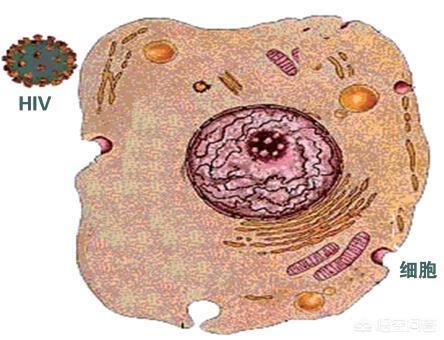
3. Pneumocystis carinii pneumonia
Symptoms include shortness of breath, fever, and dry cough, of which shortness of breath and dry cough are specific. Patients with AIDS have a slow, gradual course, starting with loss of body mass, night sweats, enlarged lymph nodes, and general malaise, followed by the respiratory symptoms described above, which can last for weeks to months. 100% of untreated deaths are due to respiratory failure. The disease is characterized by severe symptoms but fewer pulmonary signs, and most patients have no abnormalities on lung auscultation.
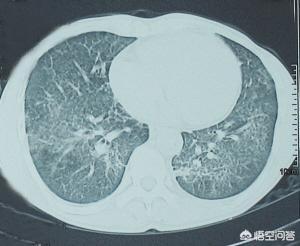
4. Cryptococcosis
HIV-infected patients with the combination of this disease can have an acute onset of the disease, mainly headache and meningeal irritation signs, the patient's condition is more serious, and the prognosis is very poor.with a mortality rate of over 90%.This shows how aggressive the disease is.
Summarize: AIDS late disease is more and serious, so it is recommended to early diagnosis and treatment, the earlier the treatment, the more time to win.
About AIDS-related knowledge can be concerned about Dr. Li Ping, health road with me!
In the advanced stage of AIDS, as HIV continues to destroy the body's CD4+ T-lymphocytes, it leads to a gradual decline in immunity, making it susceptible to a number of opportunistic infections and tumors.

What do you mean by opportunistic infections?
Opportunistic infections are infections that are not easily acquired when the body's immunity is normal. For example, fungi are normally found in the human mouth, but it is only when the immune system is low that these fungi can turn into disease-causing pathogenic microorganisms, leading to fungal oral mucosal inflammation and inflammation of the esophagus.

The opportunity that pathogens wait for is when a person's immunity drops!
More common opportunistic infections
- Pneumocystis carinii pneumonia
The main symptoms are: fever, dry cough, chest tightness, and gradually worsening dyspnea.
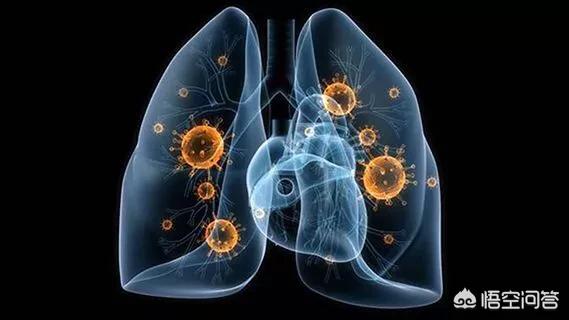
- TB
Tuberculosis can occur at the same time as AIDS or before AIDS. In the late stage of AIDS, immunity is destroyed and latent tubercle bacilli become active, causing tuberculosis. The main clinical manifestations are: fever, cough, sputum, hemoptysis, night sweats, weight loss and loss of appetite. According to rough statistics, 15% of HIV-infected people may develop tuberculosis.
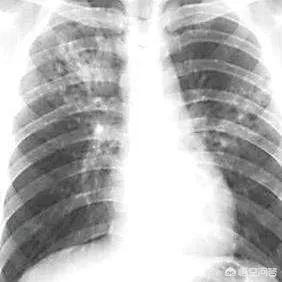
- non-tuberculous mycobacterial infection
The presentation of this infection is somewhat similar to tuberculosis. However, in patients with advanced AIDS, it often manifests as a generalized disseminated lesion of bacteria. In addition to the manifestations of tuberculosis, it may also manifest as anemia, hepatosplenomegaly, and enlarged lymph nodes throughout the body.

- cytomegalovirus infection (CMV)
Cytomegalovirus infection, the most common herpesvirus infection in AIDS patients. Unlike cytomegalovirus infection that manifests itself in people with normal immunity, cytomegalovirus in HIV-infected patients is able to invade multiple organs throughout the body, including the eyes, digestive system, and central nervous system, etc. Cytomegalovirus retinitis chorioretinitis is the most common, in which the patient may suffer from flying mosquitoes and a rapid loss of vision.

- shingles
This one goes without saying. Many HIV-infected people find out that they are infected with HIV because of the appearance of shingles.

- Other opportunistic infections
Toxoplasmic encephalitis, which is characterized by fever with signs of central nervous system damage. Fungal infections are most commonly Pseudomonas aeruginosa, Cryptococcus neoformans, and B. marneffei.
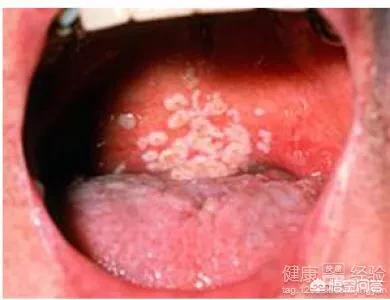
AIDS-related tumors
Non-Hodgkin's lymphoma and Kaposi's sarcoma may develop in the late stages of AIDS due to immunodeficiency, where the immune system's ability to "watch" and "fight" against tumor cells is greatly diminished. Other tumors, such as lung, liver and perianal tumors, are also increasingly being linked to AIDS.

What are the signs to suspect the onset or advanced stage of HIV?
With CD4+ T-lymphocytes <200 in the human body, it is possible to have constant symptoms, and these manifestations pack over:
- Unexplained persistent irregular fever, 38 degrees or higher, lasting > 1 month
- Diarrhea lasting more than a month
- Recurrent oral fungal infections
- Recurrent herpes simplex and herpes zoster virus infections
- Recurrent pneumonia
- Dementia in middle-aged people
- Recurrent sepsis
- Recurrent fungal skin infections
For all these symptoms that appear above, do not go to the right place if you have not been diagnosed with HIV before. If in doubt, go to the hospital and get tested for HIV antibodies.

I am Dr. Long of the Department of Infectious Diseases, I like medical science, to convey to the public the correct concepts of disease prevention and treatment, is my lifelong unremitting pursuit, welcome to add attention!
AIDS, the full name is called "Acquired Immunodeficiency Syndrome", in fact, if we really try to understand the full name of AIDS, you will know that the initial infection of HIV is not the most terrible, but by the step-by-step erosion of the HIV virus, when our body's immune system completely collapsed to bring about even the common cold can not stop the state of the most terrible, not to mention the later stages of a variety of serious symptoms of the disease until death. It is the complete collapse of the immune system that brings about a state that cannot even be stopped by a common cold that is the most frightening, not to mention the various serious syndromes that occur in the later stages of the disease, up to the point of death.
Many AIDS patients basically go through three phases: the acute phase, the asymptomatic phase, and the AIDS phase, and the so-called late AIDS phase belongs to the final phase of the AIDS phase.At the beginning of our aids patient once appeared motionless on the cold, but also inexplicably developed into pneumonia, how the treatment can not get good therapeutic effect; or some aids patients will appear unexplained diarrhea, and it is not easy to stop; will appear on the skin of varying sizes of blisters, the feeling will be a little bit like herpes zoster and so on, in fact, this may be aids patients into the beginning of the aids period, once continue to develop to the end, then for aids patients will really enter the advanced stage, usually have the following symptoms. Once it continues to develop to the end, then for AIDS patients will really enter the advanced stage, usually will have the following symptoms.
Severe cellular immunodeficiency, which means that bacteria and viruses can attack you with impunity and you are defenseless because HIV has completely knocked out the CD4 cells that direct our body's major immune cells in battle, and you have to be alive in an airtight, tightly sealed sterile environment;

- With the appearance of malignant tumors, especially Kaposi's sarcoma and lymphoma, the cellular reproduction of the organism is not controlled, and malignant tumor production becomes inevitable;
- A wide variety of infections abound, such as Pneumocystis carinii pneumonia (PCP), deep fungal infections, active cytomegalovirus infections, and more;
- Invade the brain stem nerves and peripheral nerves of our body, dementia, inability to take care of oneself, obvious wasting, hemiplegia, etc. At the end of the day, it's that no matter how much the person next to you comforts you, you can only look at it with your eyes and can't respond to it.
Thus, late-stage symptoms in AIDS patients are really a particularly torturous process, not telling you the time of death, but suggesting that time is running out!
Recently, I have just learned the knowledge about the chapter of infectious diseases, and I saw that everyone is more concerned about the knowledge about AIDS, today the medical police station will give you a popularization of what AIDS is a thing?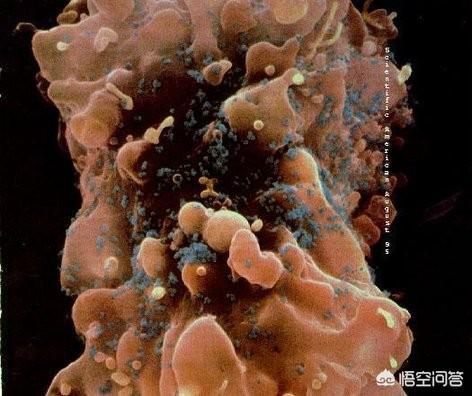
What is AIDS?
AIDS, medically known as Acquired Immune Deficiency Syndrome (AIDS), is a disease caused by the AIDS viruschronic infectious diseaseThe first time we hear that it is a contagious disease, I believe that many people will be afraid. I believe that many people will be afraid when they hear that it is an infectious disease, and they are even reluctant to have any contact with AIDS patients. In fact, there is no need to be so afraid because the way of transmission of AIDS is rather special.
What is the mode of transmission of AIDS?
1:Blood transmission, in other words, you will be infected if you have blood contact with an AIDS patient. In other words, you will be infected if you have blood contact with a person with AIDS, such as transfusion of blood from a person with AIDS, sharing of needles from a person with AIDS, or contact between a wound on your body and a wound of a person with AIDS.
2: Mother-to-child transmission (MTCT), which means that a baby born to a woman with AIDS is bound to be HIV-positive.
3:Sexual transmission, many people think that when they see this, they will be infected if they do sexual intercourse, in fact, as long as there are safety measures, basically will not be infected.
What are the manifestations of AIDS?
Since AIDS has a long incubation period, and some even stay on for life, AIDS patients usually do not show symptoms until the late stage. Because HIV attacks the body's immune system, it does not cause those specific manifestations in patients, and to detect it isImmune cell CD4will be much lower than the average person, and due to the reduction of immune cells CD4 the body's immunity will be reduced (You could say it's basically none.), for example, ordinary people get over a cold with an IV drip, but AIDS patients suffer from a recurring problem and are prone to other infections (depending on the bacteria present in their living environment). At this time, AIDS patients often appear a piece of the skin bruises, and will not come to a bleeding.It's almost like a fertile ground, whatever bacteria you plant, it can grow wildly in the body, what with herpes, syphilis, lung cancer, tumors, all sorts of things can appear in AIDS patients.
So for AIDS is prevention is better than cure Oh, usually we should have good habits, do not enter some unhealthy places Oh.
Please click on follow if you like Medical Police Station!
Late stage of AIDS is mainly due to the decline in immune function resulting in easy to develop a variety of infections, some of the pathogens that do not affect ordinary people will make the late stage of AIDS patients with fatal diseases, for example, Pneumocystis carinii pneumonia, the main symptoms are fever, dry cough, if untreated will soon be hypoxia, shortness of breath after activity, or even completely unable to move, if the treatment is not timely will die of respiratory failure.
There is also retinitis caused by cytomegalovirus infection, which can lead to blurred vision and eventually blindness. Toxoplasmic encephalopathy can lead to hemiplegia and aphasia. Cryptococcal encephalitis can cause severe headaches, and these pathogens are usually controlled by the immune system without illness when they reach an immunocompetent person.
In addition to opportunistic infections, there will be opportunistic tumors, such as Kaposi's tumor and lymphoma.
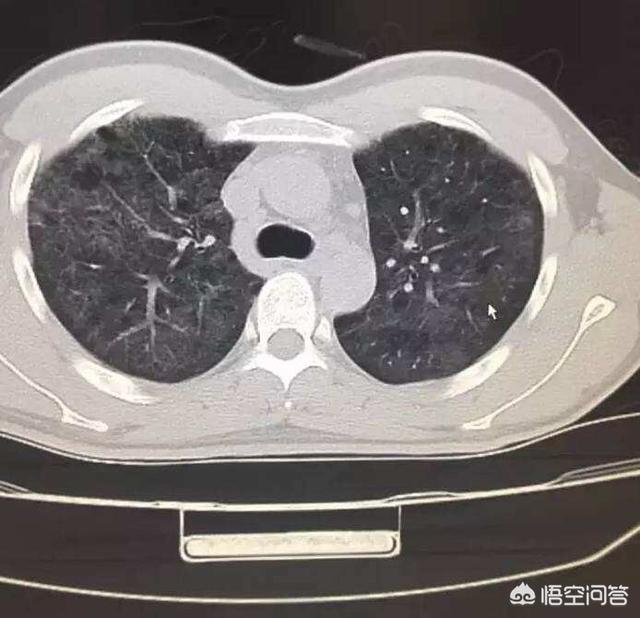
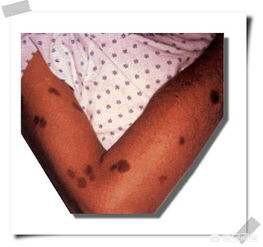

Give the patient some space. It's better not to talk about it.
Search on Baidu yourself, such a question headline has been answered n times, repeated over and over again.
Never seen a real late stage AIDS patient but have seen pictures, scary.
AIDS is the Chinese translation of the acronym AIDS, willing to be acquired immune syndrome. It means that the body is under the action of the HIV virus, resulting in the depletion of T-cells in cellular immunity, and the loss of cellular immunity is accompanied by the inability of humoral immunity to conduct on. This means that a person loses the ability to block pathogens and their own mutations. For example, tuberculosis
, tumors, pneumonia, etc.
Therefore, in the treatment of AIDS, Chinese medicine focuses on strengthening the body. Western medicine focuses on how to stimulate the presence of T-cells, as well as reducing the amount of virus.
This question and answer are from the site users, does not represent the position of the site, such as infringement, please contact the administrator to delete.